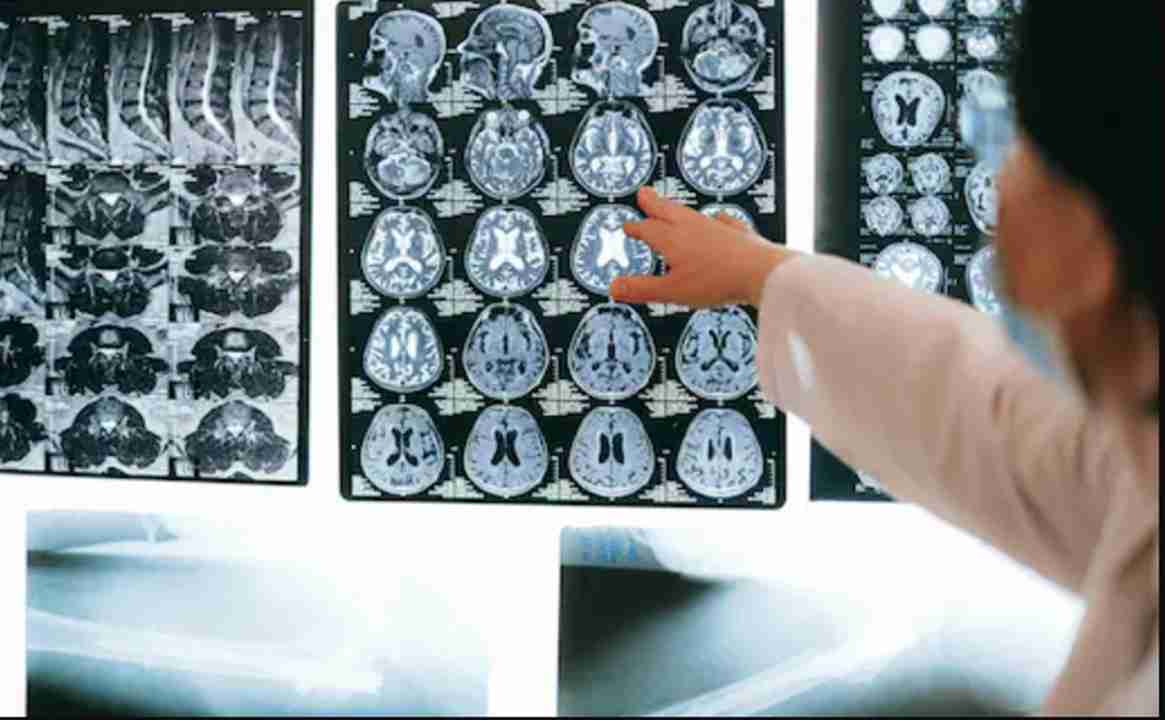Primary Amoebic Meningoencephalitis (PAM) on the Rise in Kerala; Health Officials Urge Public to Avoid Stagnant Water Sources
Kerala on High Alert After 19 Fatal Cases of Deadly Brain Infection
Kerala is facing a growing public health concern after 19 people died from Primary Amoebic Meningoencephalitis (PAM), a rare but deadly brain infection caused by the Naegleria fowleri amoeba — often referred to as the “brain-eating amoeba.” This year, 61 confirmed cases have been reported across the state, with a sudden spike in the past few weeks.
State Health Minister Veena George called the outbreak a “serious public health challenge”, noting that the infections — which were previously concentrated in districts like Kozhikode and Malappuram — are now appearing sporadically across the state. Victims have ranged in age from a 3-month-old infant to a 91-year-old senior citizen.
What is PAM? Understanding the ‘Brain-Eating Amoeba’
What Causes PAM?
- PAM is caused by Naegleria fowleri, a microscopic amoeba commonly found in warm, stagnant freshwater.
- It enters the body through the nose, particularly during activities like swimming or diving in untreated water.
- Once inside, it travels via the olfactory nerve to the brain, causing severe inflammation and tissue destruction.
Important: Ingesting contaminated water does not cause PAM — the infection only occurs when water enters through the nose.
How the Infection Spreads
- Found in warm, stagnant freshwater such as ponds, lakes, poorly maintained swimming pools, and untreated wells.
- Climate change and rising water temperatures are increasing the likelihood of exposure.
- More people are turning to natural water bodies to cool off during heatwaves, raising the risk.
- Not contagious – the infection does not spread from person to person.
Symptoms of PAM: What to Watch Out For
PAM is extremely difficult to diagnose early, which contributes to its high fatality rate. Symptoms usually appear within 1 to 9 days of exposure and worsen rapidly.
Early Symptoms Include:
- Severe headache
- Fever
- Nausea and vomiting
- Stiff neck
Advanced Symptoms:
- Confusion
- Loss of balance
- Seizures
- Hallucinations
- Coma
“Most patients show signs of central nervous system involvement by the time they seek care, making treatment very difficult,” notes the Kerala government’s advisory.
Treatment Options for PAM
- PAM is almost always fatal, with only a handful of survivors reported worldwide.
- Early detection is critical — all known survivors were diagnosed before the infection reached the brain.
- Treatment involves a combination of antimicrobial drugs, including amebicidal medications that can cross the blood-brain barrier.
- However, treatment is still considered experimental due to the disease’s rarity and rapid progression.
“Early diagnosis and immediate treatment initiation can save lives,” stressed Health Minister Veena George.
Kerala’s Response and Public Advisory
Health Measures Taken:
- The Kerala Health Department, along with the National Centre for Disease Control, is conducting environmental sampling to identify contamination sources.
- Public awareness campaigns are being intensified across affected regions.
Precautionary Guidelines for the Public:
- Avoid swimming or bathing in untreated or stagnant water (ponds, lakes, wells).
- If swimming in freshwater, wear nose clips to prevent water from entering the nose.
- Ensure proper cleaning and chlorination of household water sources like wells and water tanks.
- Seek immediate medical help if you experience symptoms of meningitis after exposure to freshwater.
PAM in Kerala: A Timeline of Cases
- First case reported in 2016.
- From 2016 to 2022, only 8 cases were recorded.
- In 2023: 36 cases, 9 deaths.
- In 2025 (so far): 69 confirmed cases, 19 deaths — almost double the previous year’s toll.
Stay Vigilant, Stay Safe
The rise of PAM cases in Kerala is a reminder of the hidden dangers in untreated freshwater bodies, especially during warmer months. While the disease is rare, its rapid progression and high fatality rate make awareness, early detection, and prevention absolutely critical.
Avoid risky water exposure and stay informed — your awareness could save lives.



